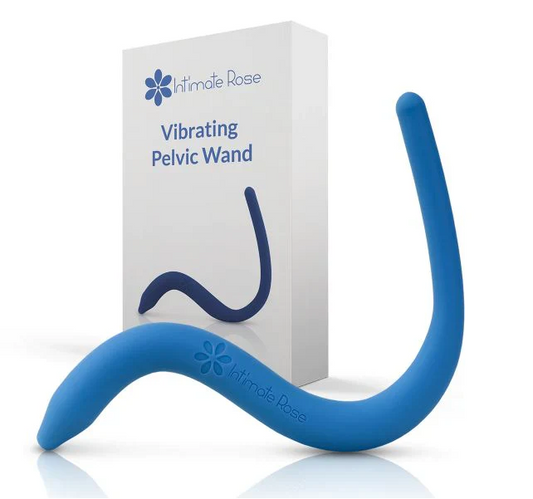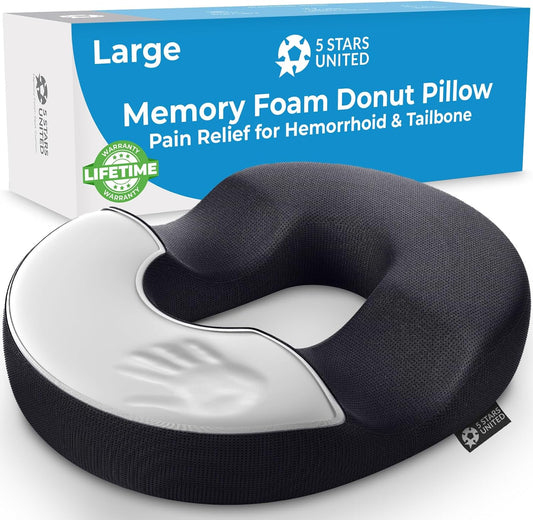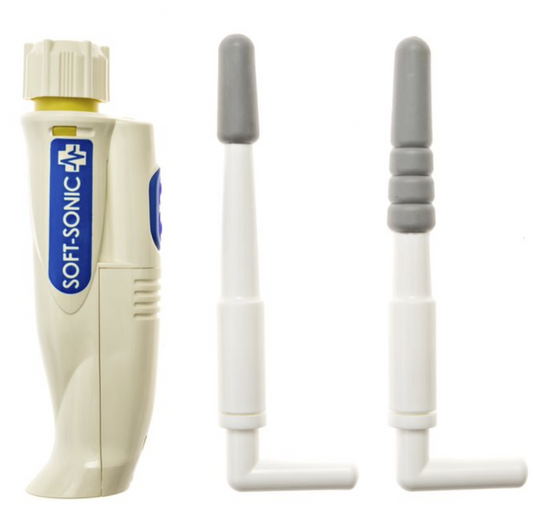How to Use a Prostate Massager for Maximum Health Benefits (Not Just Pleasure!)
Prostate Massage for Health and Wellness: A Complete Guide
Prostate massage, once a topic confined to the shadows of alternative medicine, is now experiencing a surge in popularity. As science catches up with tradition, more men are embracing this practice not only for pleasure but for its potential health benefits. Whether you’re curious about incorporating prostate massage into your wellness routine or looking to address specific concerns, this guide will walk you through everything you need to know—from health benefits to proper technique.
What is Prostate Massage?
Prostate massage is the act of stimulating the prostate gland, either internally through the anus or externally via the perineum (the area between the anus and scrotum). The practice has both medical and wellness roots. Historically, it was used to relieve symptoms of prostate congestion and inflammation. Today, it’s often part of prostate health routines and can even be a source of intense pleasure due to the prostate’s sensitivity.
Benefits of Prostate Massage
- Improves Prostate Health: Regular prostate massage may help reduce inflammation and improve circulation to the prostate. According to a study published in the Journal of Urology, some men with chronic prostatitis experienced symptom relief with prostate massage therapy.
- Promotes Better Urinary Function: By easing inflammation and pressure, prostate massage can potentially improve urine flow and bladder control in men with prostate issues.
- Increases Sexual Satisfaction: Because the prostate is often referred to as the “male G-spot,” stimulating it can lead to stronger, more intense orgasms.
- May Help with Erectile Function: Improved blood flow and reduced pelvic tension from massage may indirectly support erectile health, though more research is needed in this area.
Who Should Consider Prostate Massage?
Prostate massage can be beneficial for men who:
- Experience symptoms of chronic prostatitis or pelvic pain syndrome
- Have difficulty urinating due to prostate congestion (not caused by cancer)
- Are interested in exploring new forms of sexual wellness
Note: If you have hemorrhoids, anal fissures, active infections, or a diagnosed prostate condition such as prostate cancer, consult with a healthcare professional before trying prostate massage.
Types of Prostate Massage
Internal Prostate Massage
This involves inserting a lubricated, gloved finger or a specially designed prostate massager into the anus to directly stimulate the prostate. This method is more direct and can offer more noticeable results for both health and pleasure.
External Prostate Massage
Performed by pressing or massaging the perineum, this technique does not require penetration but may not be as effective for deep prostate stimulation. However, it can still promote relaxation and blood flow in the pelvic region.
How to Perform Prostate Massage Safely
Here are key tips for a safe and comfortable experience:
- Hygiene is crucial: Wash hands and trim nails. Use gloves if using fingers. Sterilize any toys or massagers before and after use.
- Use ample lube: A water-based lubricant will reduce friction and prevent discomfort or tearing.
- Go slowly: Relax, breathe, and insert fingers or devices gently. Never force anything.
- Listen to your body: You should never feel sharp pain. Discomfort may happen at first, but pain is a sign to stop.
Recommended Product for Beginners
For those new to prostate massage, we recommend starting with a beginner-friendly, body-safe massager designed specifically for prostate stimulation. Check out our Beginner Prostate Massager to help you get started with ease and confidence.
What Does Prostate Massage Feel Like?
The sensation varies by person. Some describe it as a deep pressure that gradually builds to pleasure. Others find it releases tension and offers a unique sense of relaxation. For those incorporating it into partnered play, it can enhance intimacy and sexual communication.
How Often Should You Do It?
There’s no universal rule, but for health purposes, once or twice a week is considered safe. Overdoing it might irritate the prostate or surrounding tissue. Always listen to your body and adjust frequency accordingly.
Medical Perspective: Is It Really Safe?
Generally, prostate massage is safe if performed with care. A case study published in the British Medical Journal noted that prostate massage was helpful in managing chronic pelvic pain syndrome in certain patients. However, improper technique or performing it while having certain medical conditions can lead to complications. Always consult your healthcare provider if you're unsure.
Final Thoughts
Prostate massage is more than just a sexual trend—it’s a powerful wellness tool that’s gaining recognition from both users and some medical professionals. Whether you're interested in relieving discomfort or discovering new dimensions of pleasure, taking a mindful, informed approach is key. Always prioritize hygiene, safety, and communication—whether solo or with a partner.
Frequently Asked Questions (FAQs)
Is prostate massage good for men with an enlarged prostate?
Prostate massage may help alleviate symptoms of BPH (benign prostatic hyperplasia), such as frequent urination. For a deeper dive, see our blog on natural remedies for enlarged prostate.
Can prostate massage help with erectile dysfunction?
Some men find it improves blood flow and arousal. For more information, check out our article on prostate massage and erectile health.
Is it normal to ejaculate during a prostate massage?
Yes. Some men experience “prostate orgasms.” We cover this topic in detail in our blog on how prostate orgasms work.
Does it hurt the first time?
You may feel pressure or mild discomfort, but it should not hurt. Our beginner’s guide to prostate massage explains how to do it safely and comfortably.
Can you do prostate massage at home?
Absolutely. With proper technique and tools, it’s safe to perform at home. Read our full guide on how to do prostate massage at home.
References
- Shoskes, D. A., & Zeitlin, S. I. (2003). Use of prostatic massage in combination with antibiotics and alpha-blockers for the treatment of chronic prostatitis. Journal of Urology.
- Zermann, D. H. et al. (2003). Prostate massage and pelvic pain: A clinical approach. British Medical Journal (BMJ).
- American Cancer Society. Prostate Cancer Overview.
Top picks
-
Kegel Pelvic Floor Muscle Trainer for Men
Regular price $99.00 USDRegular priceUnit price / per$149.00 USDSale price $99.00 USDSale -
Pelvic Floor Wand & Massage Therapy Tool for Men
Regular price $49.95 USDRegular priceUnit price / per$59.95 USDSale price $49.95 USDSale -
Prostate and Pelvic Floor Support Cushion – Large Black Seat for Pain Relief
Regular price $49.95 USDRegular priceUnit price / per$75.50 USDSale price $49.95 USDSale -
Sonic Prostate Massager from Prostate Health Center | Ultimate Prostate Wellness Tool | Top-Rated Home Prostate Massage Device
Regular price $59.95 USDRegular priceUnit price / per$79.99 USDSale price $59.95 USDSale



